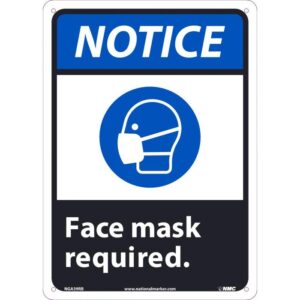
A Guide to Traffic Signs and Their Meanings
Ever felt overwhelmed by the sea of colorful signs lining the highway? You’re not alone! Traffic signs play a crucial role in keeping our roads safe and organized, but with so many shapes, symbols, and colors, deciphering their meanings can be a challenge.
Don’t worry, this blog post is here to be your co-pilot, explaining the different types of traffic signs and their significance. By understanding these silent communicators, you’ll become a more confident and informed driver, navigating the roads with ease.
The Three Sign Categories: A Regulatory Symphony
Traffic signs can be broadly categorized into three main groups, each with a distinct purpose:
Regulatory Signs:

These red, white, or black and white signs establish the rules of the road. They dictate everything from speed limits and stop signs to lane designations and parking restrictions. Obey these signs to ensure a smooth traffic flow and avoid those pesky tickets!
Warning Signs:

Shaped like yellow diamonds, these signs act as friendly caution flags. They alert you to potential hazards ahead, such as sharp curves, merging lanes, or upcoming crosswalks. Slow down, pay attention, and anticipate your maneuvers when you see these signs.
Informative Signs:

These blue rectangular signs provide helpful information for navigating your route. They might indicate upcoming exits, rest areas, directions to specific destinations, or pedestrian crossings. Use these signs to plan your journey and stay informed about your surroundings.
Beyond Shapes and Colors: Decoding the Symbols
While shapes and colors provide a basic understanding, the true meaning of a traffic sign lies in the symbols it displays. Here’s a quick breakdown of some common symbols:
- Red Circle with a Diagonal Line: This universally recognized symbol signifies “STOP.” Come to a complete halt before proceeding.
- Octagonal Sign with a Number: This indicates the speed limit in miles per hour. Don’t exceed the posted limit to ensure safety and avoid speeding fines.
- Yield Sign: A triangular sign with an upward pointing isosceles triangle inside. It instructs drivers to yield the right of way to oncoming traffic or pedestrians.
- Two Intersecting Lines with People Walking: This symbol depicts a pedestrian crossing. Be prepared to stop and allow pedestrians to cross safely.
- Deer Silhouette: This warns drivers of potential wildlife crossing the road. Be extra cautious in areas with such signs.
Remember: This is not an exhaustive list, and there are many other traffic signs out there. Always be observant and learn the specific signs in your area.
Becoming a Savvy Driver: Tips and Tricks
Here are some additional tips to become a traffic sign pro:
- Stay Alert: Don’t let distractions like your phone or loud music prevent you from noticing signs.
- Maintain a Safe Following Distance: This allows you ample time to react and stop safely when encountering a stop sign or sudden hazard.
- Use Your Mirrors Regularly: Stay aware of your surroundings and anticipate maneuvers of other drivers based on the signs they might be following.
- When in Doubt, Slow Down: If you’re unsure about a sign’s meaning, it’s always better to err on the side of caution and reduce your speed.
By understanding traffic signs and their meanings, you can navigate the roads with confidence, ensuring a safe and enjoyable driving experience for yourself and others. So, buckle up, pay attention to the signs, and happy driving!












